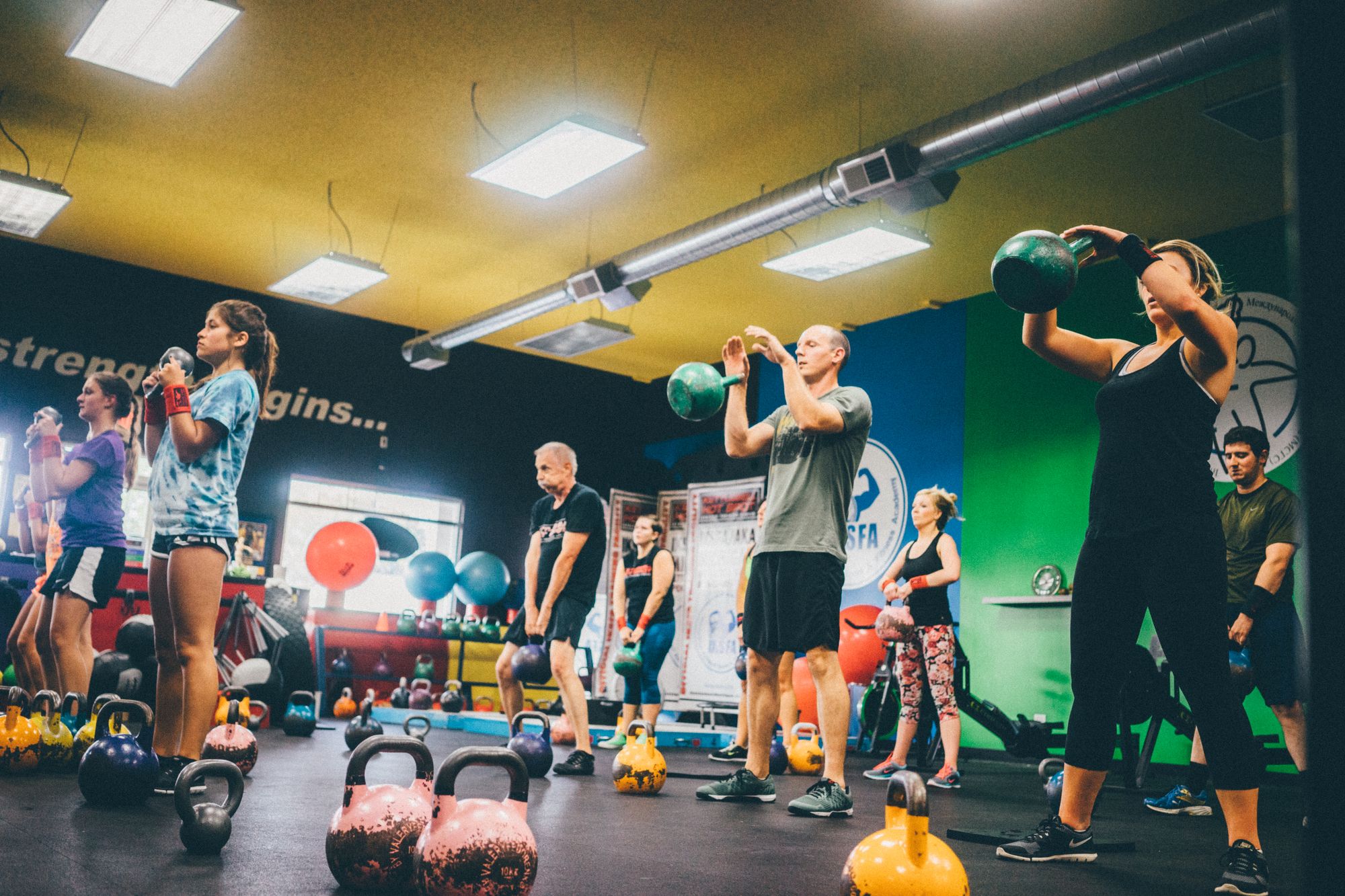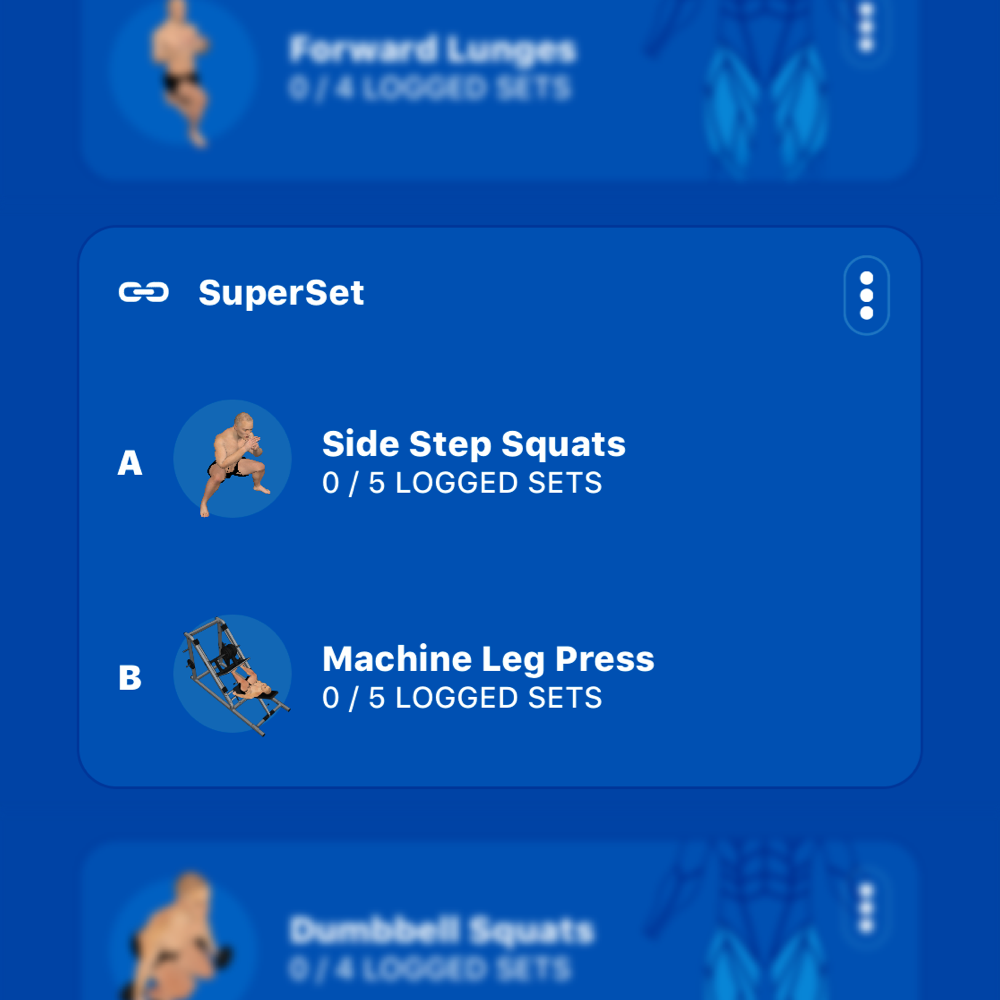3 Advanced Lifting Techniques To Fast-Track Your Progress
If you haven't seen much progress in the gym despite following the age-old advice of 'lift heavy' and 'eat big,' it may be time for you to incorporate some, if not all, of the following advanced lifting techniques. These intensity techniques will allow you to go beyond conventional failure.

New year - new achievements?
If you haven't seen much progress in the gym despite following the age-old advice of 'lift heavy' and 'eat big,' it may be time for you to incorporate some, if not all, of the following advanced lifting techniques. These intensity techniques will allow you to go beyond conventional failure. You'll work your muscles harder, thereby providing sufficient stimulus for them to get stronger and larger. Excited to hear more? Continue reading for the top 3 advanced lifting techniques and how you can best make use of them.
#1 – Drop Sets
By now, you must have heard of drop sets;
this method involves doing multiple sets of a particular exercise back to back with no rest between. At any one set where you’re no longer able to perform any more reps (or when you’re fatigued), you immediately drop the weight down and perform more reps. A drop set typically involves 3-4 total sets. If you’re feeling out of breath and in pain from reading about how drop sets are done, well, there’s some good news. According to a 2017 study, individuals who performed drop sets for their triceps push-downs experienced almost double the triceps growth than those who didn’t, despite taking half the time to complete their training!
Now, does this mean that you should make use of drop sets for every exercise you have on your training plan? Well, no. To make full use of drop sets, you should only use them:
· For accessory lifts – Think about it: you’re going close to failure for every set. How is that going to affect your form on compound lifts, like the deadlift, for example? For safety’s sake, only use drop sets for accessory lifts, especially if you don’t have a spotter available.
· Sparingly – Even if you have a spotter available, you don’t want to overdo it. Research indicates that training to failure causes more fatigue and extends your recovery time when compared to non-failure training, which can ultimately hurt your workout volume.
How does this translate to your training regimen, then? Well, you should only add a drop set to the final set of the last one (or two, based on your judgment) exercises of your workout. And remember – only do so for accessory lifts! It's not worth risking your spinal health going through with a drop set for squats or deadlifts. Ever.
#2 – Supersets
A superset is the performing of 2 sets of 2 different exercises back to back with no rest in between these sets, and there are three ways it can be done:
1. Isolation and compound lift for the same muscle group – Also known as pre-exhaust super-setting, this is where you perform an accessory lift, and follow that up immediately with a compound lift. For example, dumbbell flys followed by bench press.
2. Two lifts for the same muscle group – This is the most common type, where you do two different exercises that work the same body part — for example, incline curls followed by barbell curls.
3. Antagonistic exercises for opposing muscle groups – This method simply means that you superset two muscles that have the opposite function — for example, triceps push-downs followed by bicep curls.
So, let's say that you're interested in super-setting your workouts. Which of the above three should you make use of for maximum muscle growth? Easy – the last one: antagonistic exercises for opposing muscle groups. That's because research shows that supersets of the same muscle group seem to do more harm than good. A 2017 study from the Journal of Strength and Conditioning Research found that same muscle group super-setting can cause excessive muscle damage and negatively interfere with the recovery process – without providing additional benefit! Ouch.
Also, it seems that including antagonistic supersets within your training routine can also help you lift better, too! Here are a few superset ideas you can steal for your next workout:
· Bench press, then barbell rows
· Overhead press, then pull-ups
· Bicep curls, then triceps extensions

#3 – Negative reps
Does the thought of adding another 10KG to your bench press scare you? Yes? You might want to take a look at performing negative reps, then. Also known as eccentric training, negative reps are where you only perform the eccentric part of the lift. Just so everyone is on the same page, almost every exercise you perform can be split into the eccentric and concentric phase:
· Concentric phase – Where the muscle contracts, like the raising of the bar during the bicep curl, for example.
· Eccentric phase – Where the muscles are stretched, like the lowering of the bar during the bicep curl, for example.
But why should you place more emphasis on the eccentric portion of your lift when you’re trying to gain strength and muscle? Well, while most people think that the concentric phase contributes the most to muscle growth, research shows that this isn’t true – your muscles are damaged more by eccentric muscle contractions than concentric ones. And we all know what happens when your muscle is damaged: yes, repair and, therefore, growth. In addition to more muscular damage, negative reps can also prime your central nervous system (CNS) to handle heavier strength loads.
So, how does this tie back with your training? Try negative reps with these exercises the next time you’re in the gym:
· Bench press – Slowly lower the barbell or dumbbells to your chest.
· Lat pull-down – Slowly return the bar to the top position.
· Dumbbell press – Slowly return the dumbbells to shoulder-height.
Takeaway
As with all things, don't rush into the deep end of the pool immediately. Try each out one at a time, and learn how your body progresses. If you're changing everything in your lifting program at the same time, how on earth would you know which is causing what? Ultimately, advanced training techniques are a potent tool – only to be used wisely, with progressive resistance.
Picked a technique you’d love to get started on? Awesome. Why not check out the new and improved GymStreak app (GymStreak Beta) – an AI-powered lifting companion, workout planner, and companion – which now supports the functionality of drop sets and supersets, both advanced lifting techniques not commonly supported by other fitness apps? Psst: it even allows you to change your rest periods. Get the app, and fast-track your gains – now!
